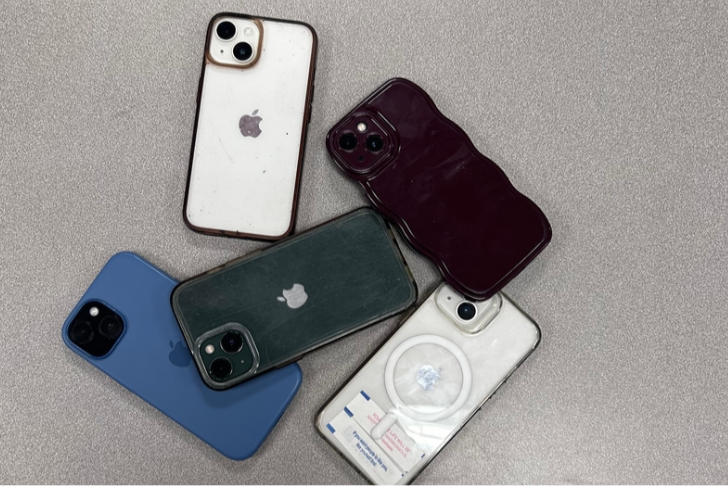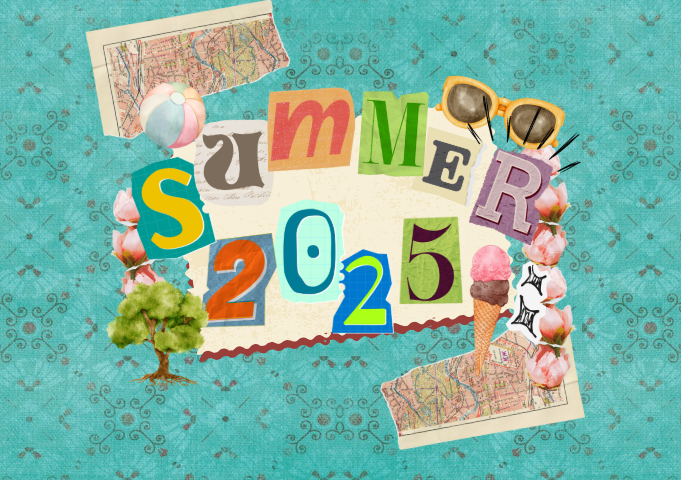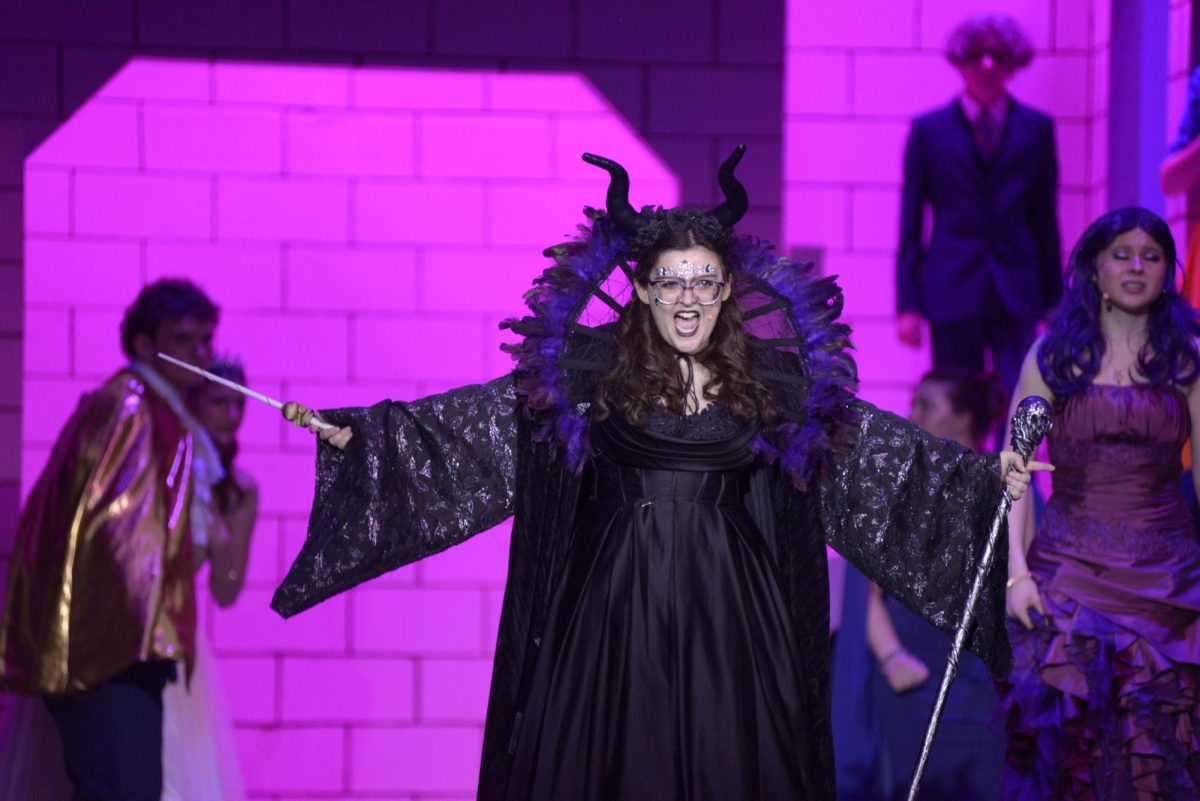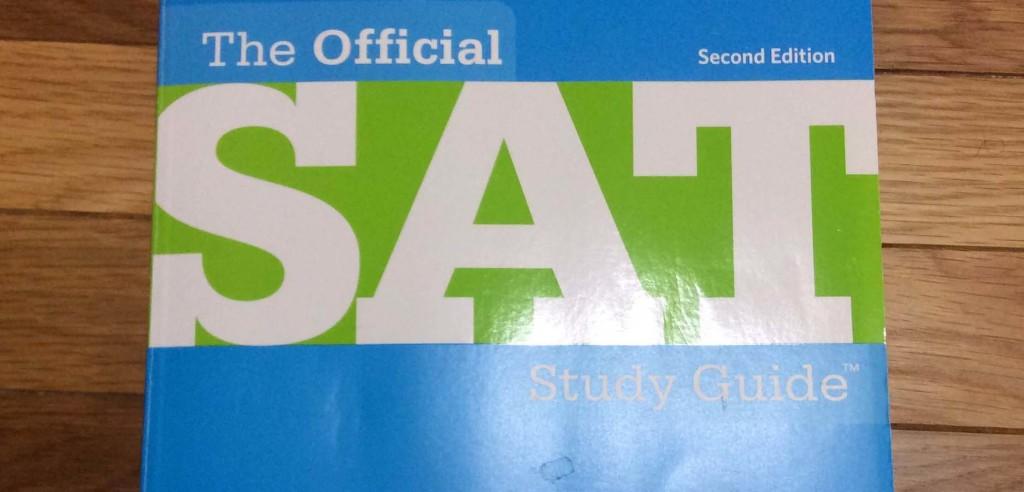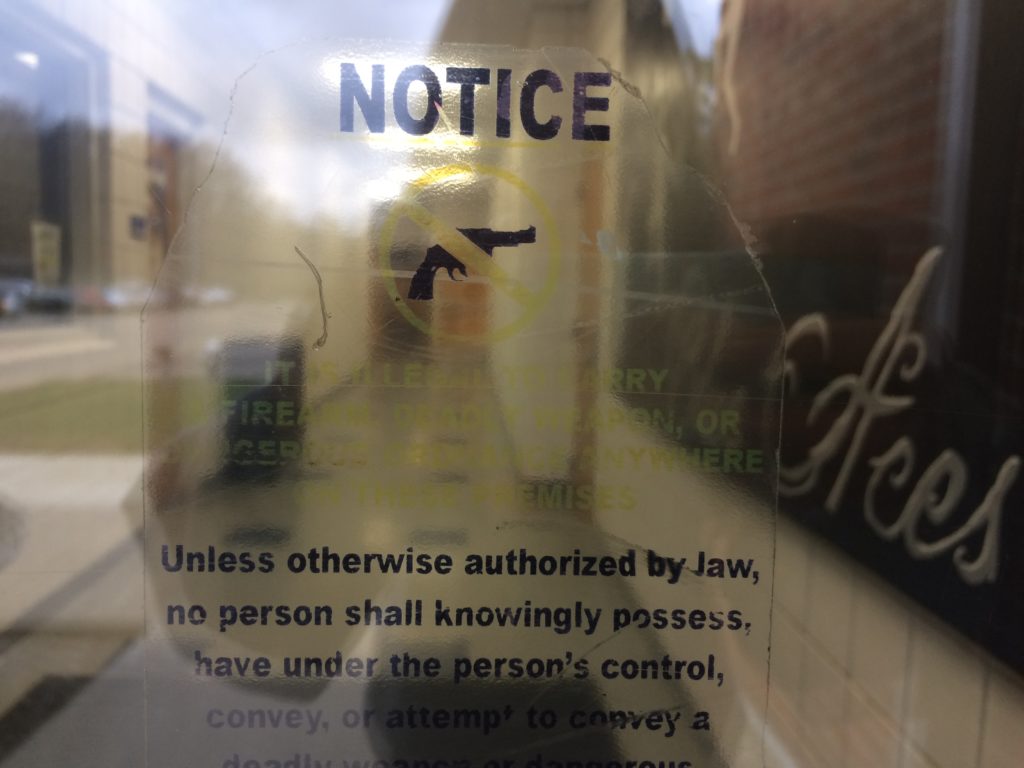BY CARSTEN SAVAGE (’17)
Each year, students hear their parents’ advice on taking the SAT, listen to horror stories with dread and anticipate the day when they have to conquer this daunting but essential obstacle to college. The SAT was revised this year, though, and the new SATs are proving to be controversial; the ACT fans love the new changes, while the old-school SAT devotees resent the new types of questions and concepts.
The College Board has changed the Writing portion for the better. Before, the SAT would ask students basic questions such as “Should we follow role models?” and “should we watch the news?” Although these topics were relevant and did have the potential to encourage some spectacular essays, the essays were not truly indicative of students’ writing abilities. The new SAT, though, is no longer subjective; a recent prompt required students to read a passage and analyze the rhetorical devices, stating first which devices were used and then explaining how the devices allow the passage to be more effective. Anyone can write about role models and the news. It takes an educated student, though, to identify and explain the nuances of the English world.
The SAT’s new reading questions are trickier and more redundant than ever before. While the old SAT based multiple questions off of the same passage, the questions were not interrelated; each question was based on a different part of the passage, so if a student missed one, he or she would not necessarily miss the next. The new SAT, though, features questions that are related. One question will ask something, and the next will ask what evidence you used to answer the previous question. This makes it easier to do poorly on the section, since an incorrect answer for one question often guarantees that the next question, which depends on the previous one, is marked wrong.
Fortunately, the math section has been improved for the better. The old SAT only had a calculator section, but the new SAT section has divided the math portion into calculator and non-calculator sections. Although students dread the non-calculator section, it is an important assessment of how students can survive without depending on technology; students must multiply and divide large numbers on paper instead of on the calculator, so people who excel at doing arithmetic without a calculator can prove themselves. The College Board has not neglected the calculator section; it is still as comprehensive as ever, testing students’ abilities to determine probability, solve word problems, read different types of graphs, and more.
While the old SAT would automatically deduct a quarter of a point for each wrong answer, the new SAT does not penalize students because of wrong answers. The old SAT forced students to admit what they did not know and move on without filling the answer in, then, instead of encouraging students to guess and just “try” to get the right answer like the new SAT does. This definitely benefits skilled guessers and test-takers, whose inferences are no longer risky and are thus viable approaches to the assessment. Some think that since the SAT no longer penalizes guessing, the test itself has gotten more challenging; that opinion is probably true.
The College Board has made clear improvements, but it has also made the SAT more unforgiving. While the test may more accurately determine students’ skills, it is encumbered with treacherously redundant questions that can sink reading scores like never before, and students who use calculators brilliantly but are no longer comfortable with working solely with their brains. The SAT has been turned upside-down, and students are scrambling to find ways to study for the test’s changed sections and the slippery new format.


